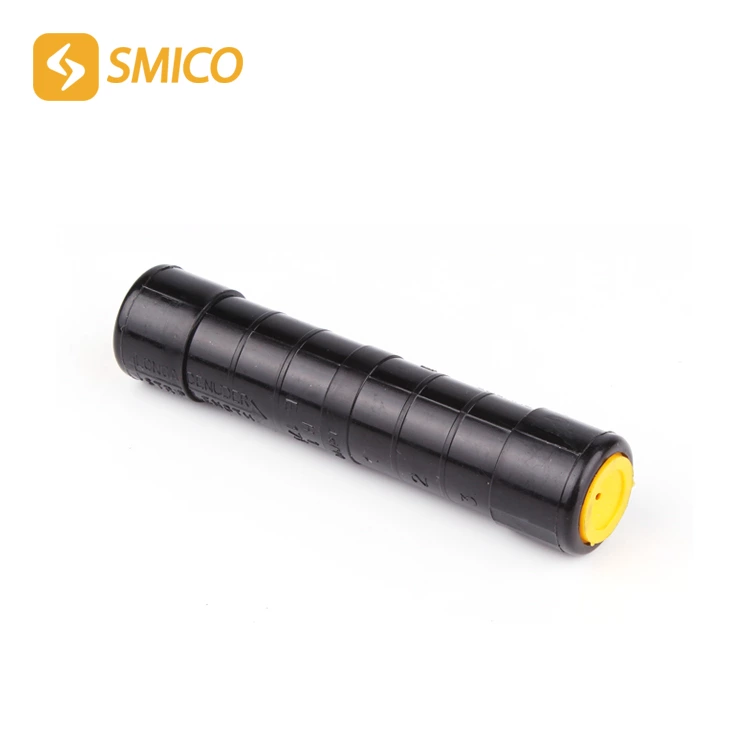Application Of Pre-insulated Sleeve In Plastic Injection Molding
In thermosetting plastic injection molding (also called extrusion molding) or thermoplastic injection molding, if the part has an insert or the mold cavity is equipped with a core for the molding hole, when the molten plastic flows around these inserts or cores to fill the mold, a weld line (or weld seam) will be generated at the confluence of the material flows on the part. If the molding mold of the part has more than two feed gates, a weld line will also be generated at the confluence of the two streams during molding. The mechanical strength of the weld line is much lower than that of the rest of the part. When the part is subjected to vibration, impact or ambient temperature changes, the part is very likely to crack from the weld line. Sometimes, even under normal storage conditions, cracks will be generated from the weld line. Especially for thermosetting plastics, when the insert or core is far away from the gate, or the insert or core is large in size, the molten plastic flows around the insert or core for a long time, and its curing reaction has been carried out deeply, and the fluidity and fusion of the material are poor. In this case, the strength of the weld line of the part is lower, so it is easier to crack from the weld line.
The inductor coil base on the product is molded by pre insulated sleeve injection molding. The part is equipped with an M6x0.5 internal threaded hole and 4 metal insert "terminals". The wall of the part is thin, with the smallest part being 1mm. The injection mold is equipped with a threaded core for the molding hole. The mold uses a side gate for feeding, and each mold is molded with 2 pieces. A serious defect of the part after molding is that it is easy to crack from the weld line after demolding, and during component assembly and general assembly. The gate position of the part and the location where cracking occurs are shown in the figure. In order to solve the cracking problem of the base parts, measures such as increasing the depth and width of the mold gate, increasing the pressing pressure during molding, and reducing the amount of mold release agent (while ensuring that the mold does not stick), and opening a cold material hole on the mold were taken, but the effect was not significant. To this end, through experiments, pre insulated junction sleeve impregnated with phenolic resin was installed on the internal thread core of the mold during injection molding, so that it became one with the part after molding, solving the problem of cracking of the part at the weld line.

